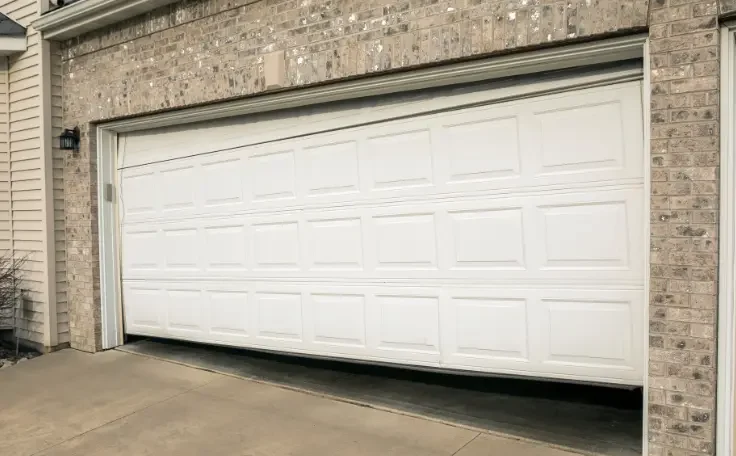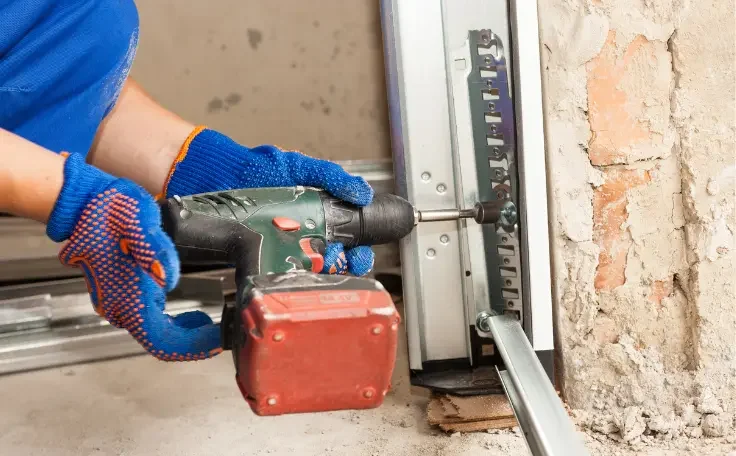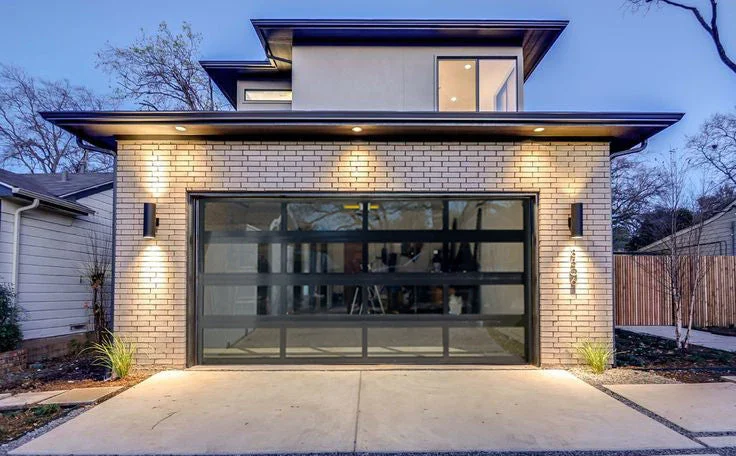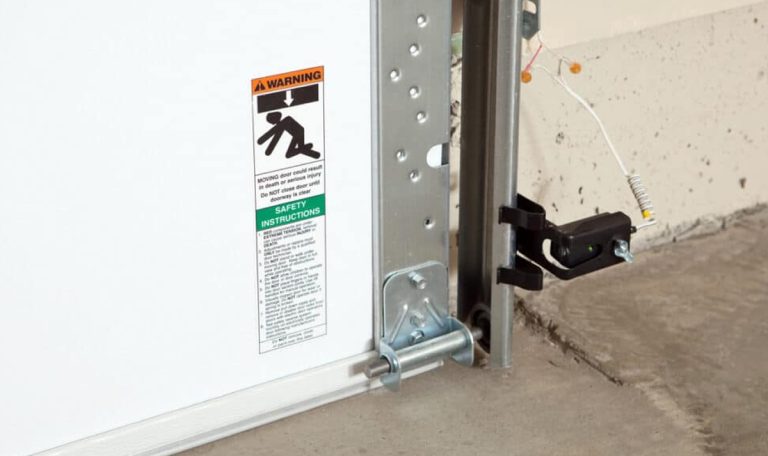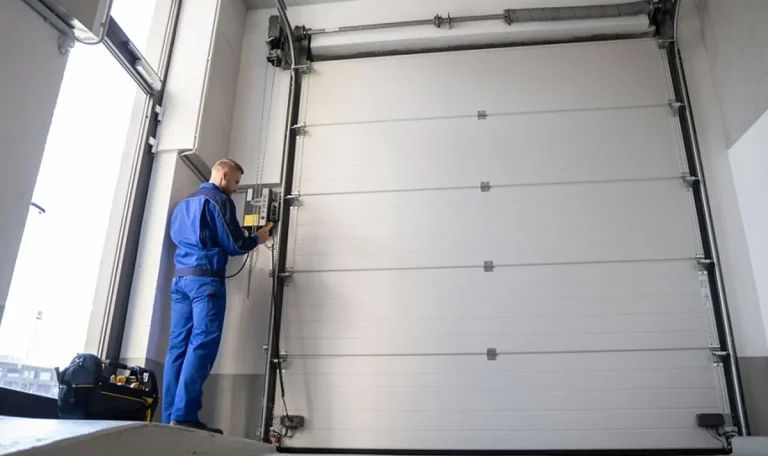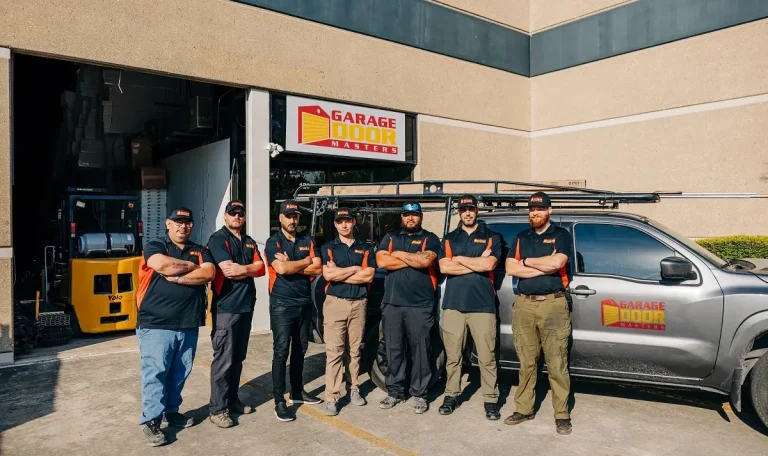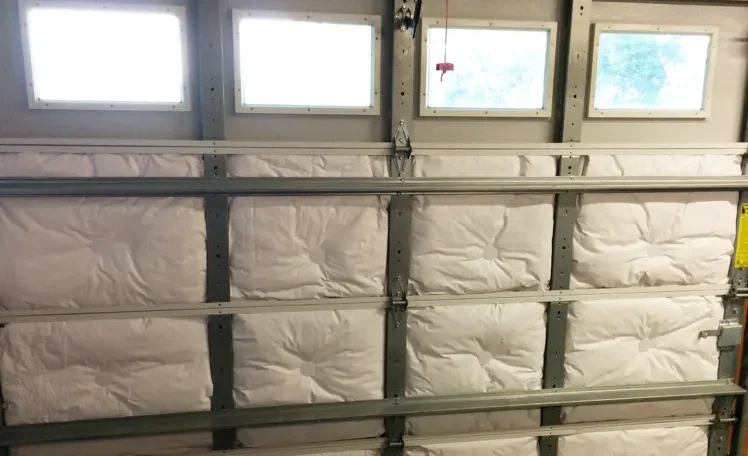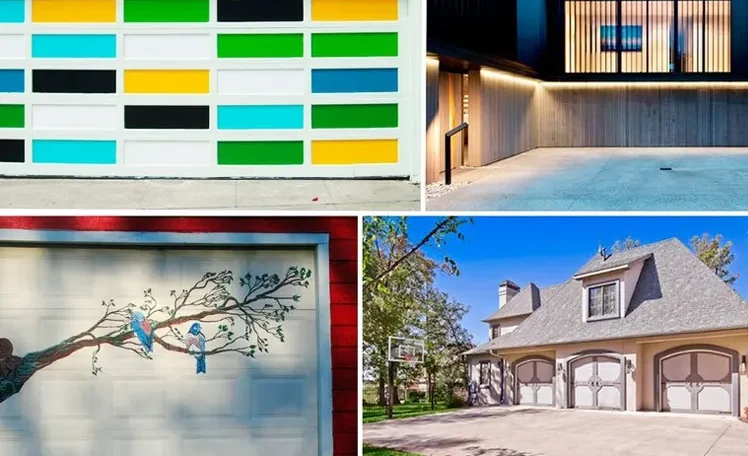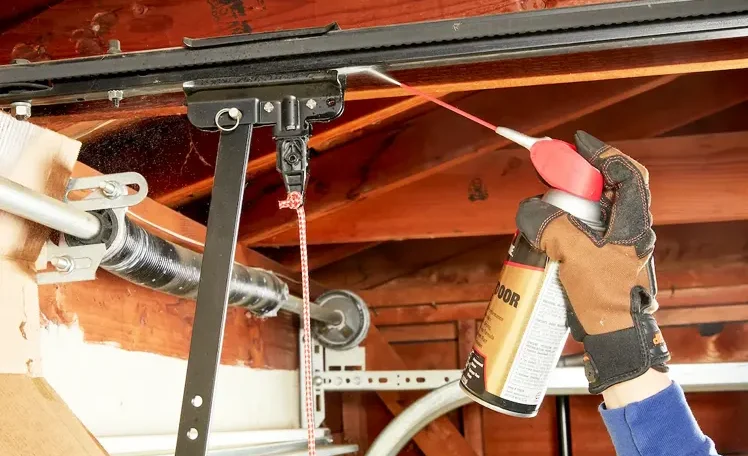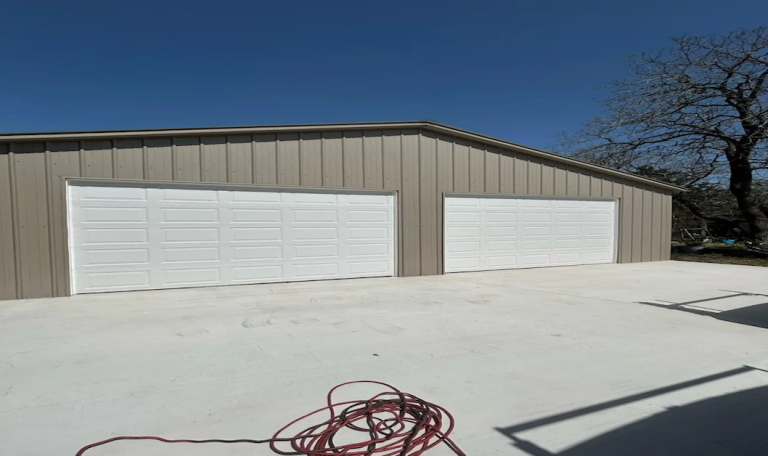When your overhead entrance suddenly derails from its guide rails, it can be frustrating and potentially dangerous. A misaligned system not only prevents proper operation but can also pose safety risks to your family and property. Understanding the causes and solutions for a garage door off track helps you determine whether this is a DIY fix or requires professional assistance. Common Causes of a Garage Door Off Track Several factors can cause a garage door off track. Impact damage from vehicles accidentally bumping the lower sections ranks as the most frequent culprit. Over time, worn rollers lose their grip and slip out of the channels, especially when bearings deteriorate or wheels crack. Bent or damaged rails create another common problem. Temperature fluctuations cause metal components to expand and contract, potentially warping the guides. Additionally, loose mounting brackets allow the rails to shift position, creating gaps where rollers can escape. Cable issues often contribute to derailment problems. When lift cables snap or become loose, the weight distribution changes dramatically, forcing one side to bear excessive load. This imbalance frequently pushes rollers out of their intended pathway. DIY Solutions to Get Your Garage Door Back on Track Before attempting any repairs for a garage door off track, disconnect the automatic opener and secure the panels to prevent unexpected movement. Use C-clamps or locking pliers on the rails below the bottom roller to hold everything in place. Start by examining the entire rail system for obvious damage. Look for gaps, bends, or areas where mounting brackets have loosened. Sometimes, simply tightening bolts and realigning the guides solves the problem. For minor derailments, you can often reposition the rollers yourself. Partially open the unit until you can access the problem area. Using pliers, gently open the rail edge just enough to slip the wheel back into position. Once seated properly, use a rubber mallet to carefully close the rail opening. How to Fix a Garage Door Roller That Keeps Coming Off Track Persistent roller problems usually indicate worn components needing replacement and are a common cause of a garage door off track. Inspect each wheel for cracks, flat spots, or frozen bearings. Quality nylon rollers with sealed bearings typically last longer than standard plastic versions. To replace a faulty roller, secure the panel above and below the damaged component. Remove the hinge holding the old roller, slide it out, and insert the new one. Ensure proper alignment before reattaching the hinge hardware. Sometimes the issue stems from incorrect rail spacing. Measure the distance between guides at multiple points—they should maintain consistent parallel spacing. Adjust mounting brackets as needed to achieve proper alignment throughout the entire travel path. When to Call a Garage Door Repair Company for a Serious Issue Certain garage door off track situations demand professional expertise. If you notice severe rail damage, twisted panels, or broken torsion springs, stop immediately and contact specialists. These components operate under extreme tension and require specialized tools and training. Multiple rollers jumping their guides simultaneously suggests structural problems beyond simple maintenance. Professional technicians can assess whether the entire system needs realignment or if foundation settling has affected the opening’s geometry. Cable replacement also falls into the professional category. These high-tension components can cause serious injury if mishandled. Experts have the proper winding bars and knowledge to safely adjust or replace cables and springs. Signs Your Garage Door Being Off Track Requires Professional Repair Listen for grinding, scraping, or popping sounds during operation—these indicate components fighting against misalignment. Visible gaps between rollers and rails, even when seemingly minor, can quickly worsen under daily use. Uneven movement presents another red flag. If one side rises faster than the other, or the panels appear crooked when closed, the system suffers from alignment issues requiring expert adjustment. Frequent derailments, even after DIY fixes, suggest underlying problems. Professionals can identify issues like improper installation, inadequate rail gauge for the panel weight, or structural shifts affecting the entire assembly. This is a sign your garage door off track issue requires a pro. Prevention Tips to Avoid Future Garage Door Track Problems Regular maintenance prevents most garage door off track issues. Monthly visual inspections help catch problems early. Look for loose hardware, worn rollers, and rail damage. Lubricate moving parts quarterly using silicone spray or white lithium grease. Keep rails clean and free from debris. Dirt buildup creates friction and can push rollers out of alignment. Wipe channels with a damp cloth periodically, especially after storms or heavy pollen seasons. Test balance annually by disconnecting the opener and manually lifting the panel halfway. It should stay in position without assistance. Imbalanced systems strain components and increase derailment risk. Avoid hanging items from the overhead assembly or rails. Extra weight stresses the system beyond its design capacity. Similarly, ensure family members understand proper operation to prevent forcing a stuck unit. Schedule professional inspections every two years. Technicians can identify wear patterns and replace components before failure occurs. This proactive approach costs less than emergency garage door off track repairs and extends system lifespan. Our Experts Are Here To Help Get a Free Quote
